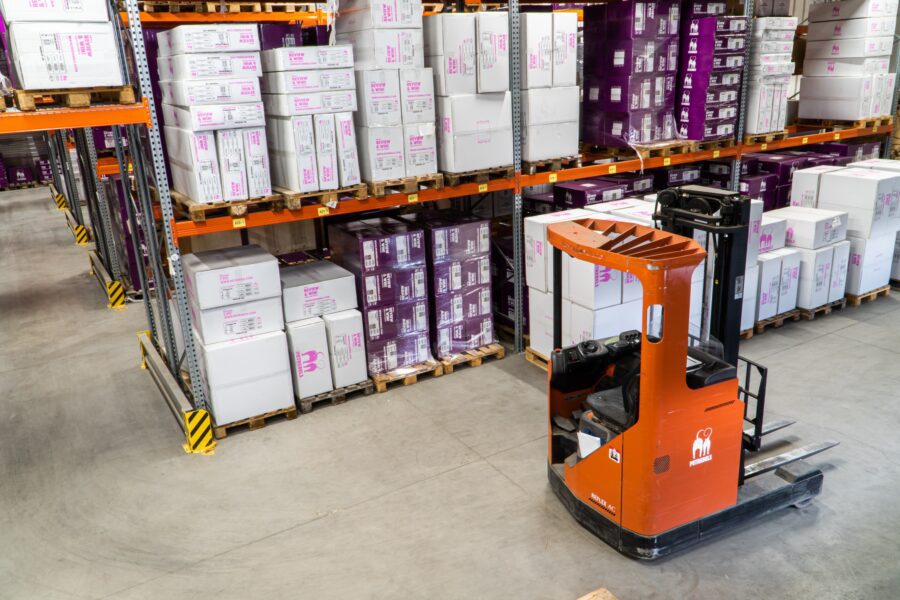Optimize Inventory – And Why It Is Important
Only a minor portion of inventory management involves fulfilling orders, stocking shelves, and making precise estimates. You may start to see the complexity that inventory can bring when you combine those activities with monitoring and controlling escalating expenses, labor and raw material shortages, and shipment delays.
What Exactly Is Inventory Management?
Inventory management is recognizing how well things sell, keeping the proper quantity of products in stock, accurately and quickly completing orders, and carefully regulating expenses. Many organizations use inventory management software to assist them in managing the process. This should ideally be a “perpetual” or “continual” inventory management system that records inventory item movement in real-time and continuously updates the accounting system.

5 Ways to Optimize Inventory and to Maximize Your Profitability
According to McKinsey & Co., AI-enabled supply chain management has enabled businesses to improve inventory levels by 35%. Effective inventory management is dependent on several elements. The following are some inventory tactics used by CFOs to reduce losses and enhance profitability.
Predict and Plan Effective Sales
Accurate stock data will allow you to make better business judgments. You can use the resulting data to track the sales of goods and figure out what should be reordered and what stock has to be phased out.
Because of a proper business plan, you will likely reach sales closing at a superb value in the long run. Who doesn’t want the corporation to keep making money?
Ensure On-time Delivery To Vendors
When you know precisely the products in your warehouse and their quantity, you can quickly re-order from the vendor if you discover an inventory shortage that needs replenishment.
Furthermore, you will find it easy to arrange orders that meet your requirements. You can only place the same order by collecting data from past stock reports, so you don’t have to worry about buying the wrong goods.
Balance Inventory And Sales
Careful stock management can enable you to forecast how many products you need to fulfill client demand by studying data on the entrance and exit of stock and sales of goods regularly. There will be no more incidents of excess or stock-outs that will hurt your business.
Keep A Stockpile Of Items For Emergencies
Product sales experience peaks and troughs based on the time of year, holiday shopping, or special events. At specific periods, some items may take longer to receive from suppliers. Companies must pay attention to these movements, identify patterns, and modify inventory accordingly.
Analyze Continual Product Lines
The well-known 80/20 principle claims that 20% of work yields 80% of the results. Similarly, a relatively tiny fraction of your items generate the most money. As a result, it is critical to examine your product range regularly and keep an eye out for trends. The objective should be to modify or delete items with low (or no) profitability while increasing the profitability of the most lucrative products.
In Conclusion
According to Zebra, 72% of retailers plan to incorporate real-time visibility enabled by automation, sensors, and analytics to improve their inventory management.
Inventory management is critical to profitability and client retention. Successful firms cannot afford to have their inventory expenses mismanaged. Continuous review is essential for maintaining optimal inventory levels and maximizing sales income.

Photo Credit: Unsplash
Photo Credit: Unsplash

